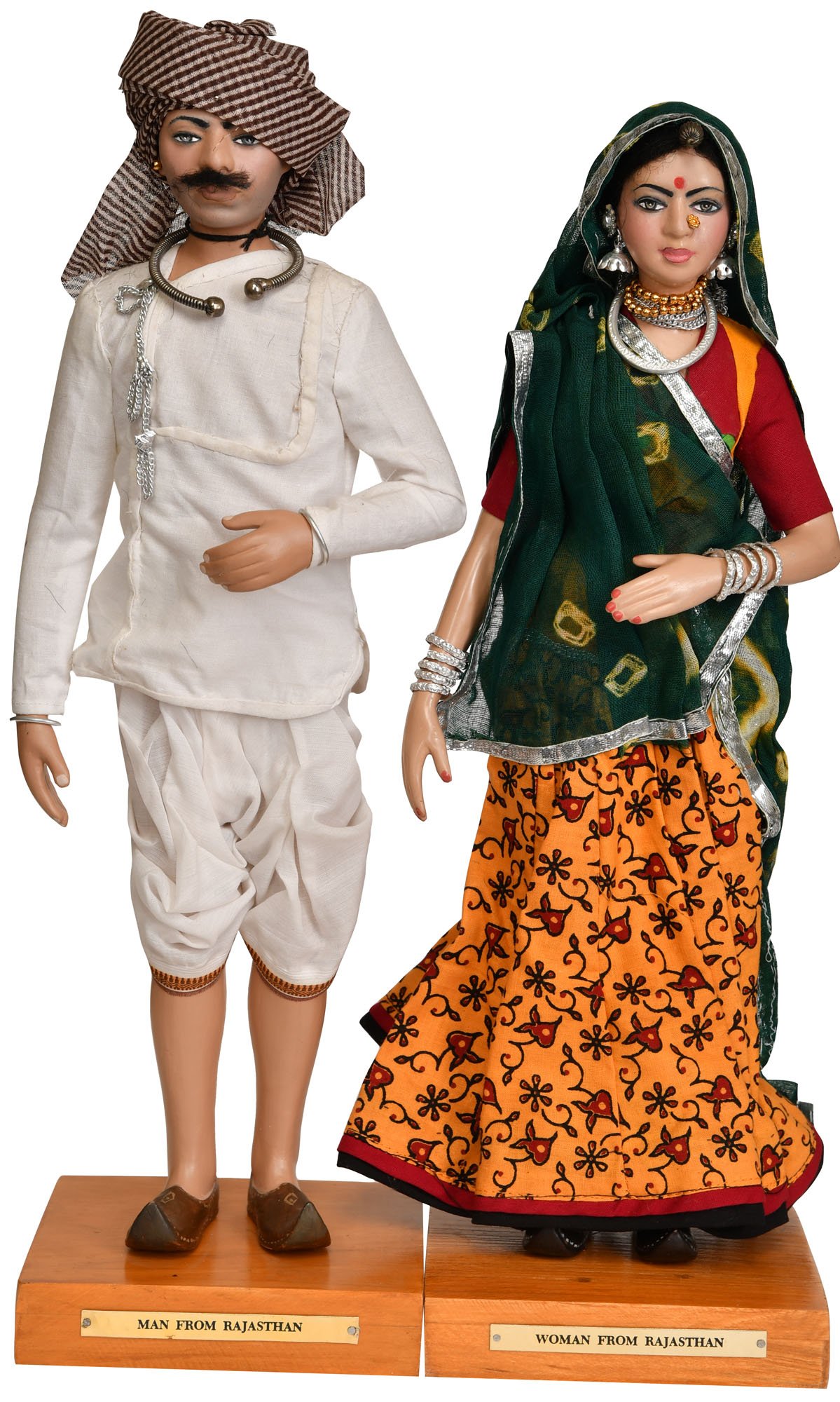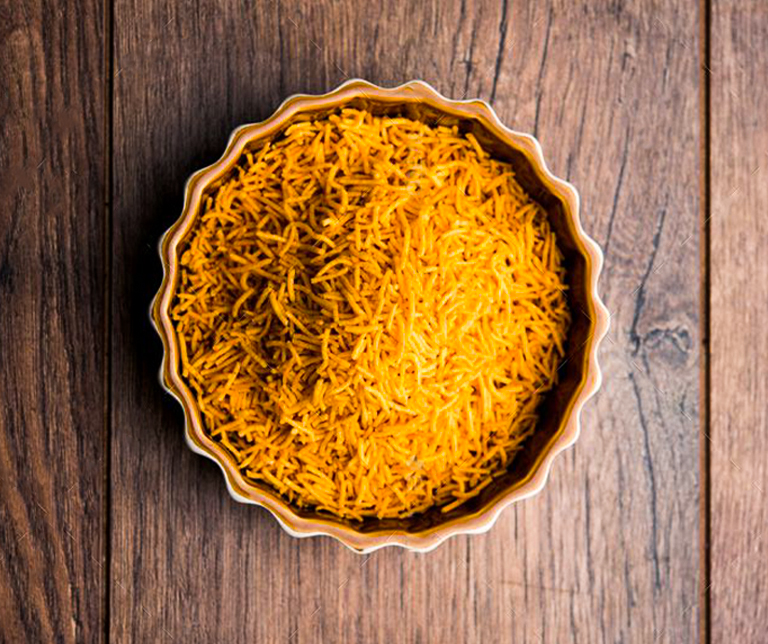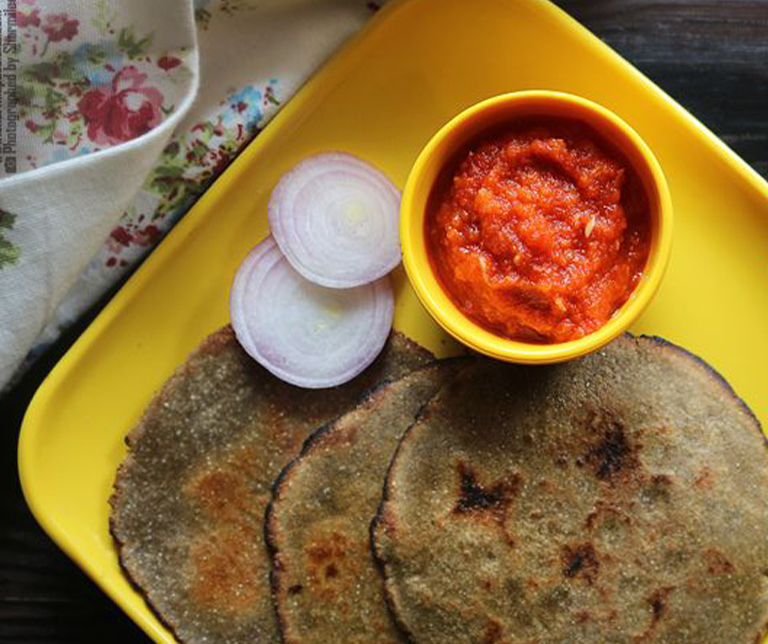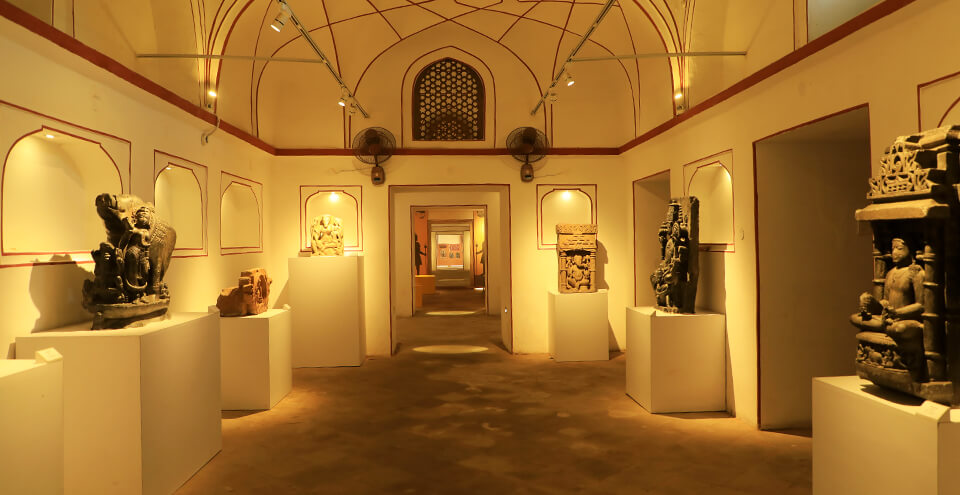 |
Brij Holi, Bharatpur Holi is the most loved festival of India which is celebrated in Bharatpur in a grand style. Since Lord Krishna is worshiped in this festival, the love story of Radha & Krishna is showcased in form of the “Raslila” dance.
|
 |
Gangaur Festival, JaipurFollowing the day of Holi, the Gangaur festival gets started and celebrated for 18 days by women. A grand procession happens with the idol of Goddess Gauri (Parvati) carried by women all around the city accompanied by elephants, chariots, old royal palanquins, camels, and dancing folk artists. The celebration ends with lighting fireworks in the sky when the idol of Gangaur is immersed in water which indicates the departure of Gauri.
|
 |
Desert Festival, JaisalmerOne must visit Jaisalmer in February when the 3 days event is held by Rajasthan Tourism Development Corporation. Desert festival is celebrated in Sam Dunes of Jaisalmer desert. Delicious food, folk songs & dance, camel race, longest mustache, turban tying, and Mr. Desert competition are the highlights of this festival.
|
 |
TeejTeej is one of the most popular festivals of Rajasthan and is celebrated with grandeur, complete with traditional songs and dances. The festival is dedicated to the goddess Teej and her gold palanquin is taken across the city with decorated elephants, horses, and camels in a grand procession. The sweet dish ghewar is a special delicacy prepared especially for this festival.
|
 |
Pushkar Camel FairThe Pushkar Camel Fair is a traditional festival where thousands of camels are gathered for trade. The festival is one of its kind and is celebrated with music, dance, magic shows, acrobats, snake charmers, and carousel rides—a full blown carnival amid majestic sand dunes. The key attractions include parades and beauty contests of camels who are decorated with various embellishments, hot-air balloon rides, moustache competitions among men with elaborately decorated moustaches, and a handicraft bazaar.
|
 |
Elephant Festival, Jaipur The elephant festival of Jaipur city is a “never seen before” kind of thing that happens during the time of Holi. One can experience groomed and decorated elephants doing catwalks in the Polo ground of Jaipur and playing elephant's polo, elephants' race, or elephants’ tug of war.
|
 |
Mewar FestivalThe Mewar Festival is celebrated to usher in spring and is celebrated in Udaipur with much pomp and show. It's the world's second Living Heritage Festival and one of the most popular fairs in Rajasthan. It is celebrated with folk music, dance, and food. Seminars on the preservation of city monuments are a key feature, along with musical shows, classical dance performances, food stalls hosted by professional chefs, and a magnificent display of fireworks.
|
 |
Summer & Winter Festival, Mount Abu Both summer (in May) and winter (in December) festivals are celebrated in the only hill station of Rajasthan i.e., Mt Abu. During these festivals, this exotic site draws a lot of tourists.
|

































